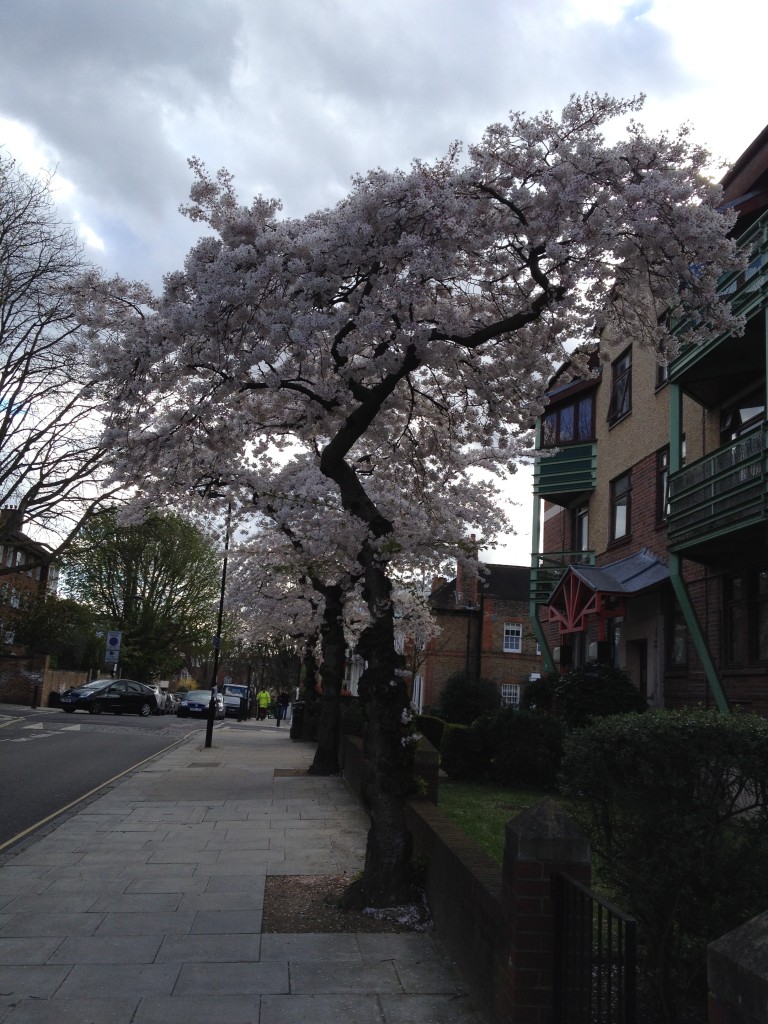Spring is here in all its budding glory. This is the time when many get into the mode of spring cleaning. Clearing out clutter from our homes, spiffying up the task list, and so on. Why not do a little spring cleaning on your email?
When you are working on a project, are you using your email inbox as your task list? Stop that! Email is an amazing tool for communication, but it’s not an efficient task manager, and it’s not a focused workspace at all.
To really do some spring cleaning, you have to address 2 things: (1) cleaning out everything from your inbox and (2) where to put the active stuff you need to work on.
First, choose your tool for where you want to work and how you want to manage tasks. I use a combo of Asana & Evernote that works really well for me. Some of my clients have focused entirely on Evernote, and that works really well, too. So that’s what I’ll refer to below.
Set a block of time on your calendar to work through your inbox. This isn’t time you’ll be doing a lot of answering; this is time when you’ll be spring cleaning, putting things where they ought to go.
If your inbox is overwhelming and huge, set up folders by year or by quarter. Then drag all the emails from the corresponding timeframe into the appropriate folder. And schedule time blocks on your calendar for addressing each folder. Step by step, people. This doesn’t have to happen all at once.
As you sort through your emails, follow these guidelines:
- DELETE — If you don’t need the email anymore, delete it. I love the delete key. Simplify and focus on what really needs your attention
- FILE — If you just want to keep the email for reference, file it away.
- ACTION — If it’s an email that needs action, forward it to your working tool (like Evernote). That is where you’ll be addressing it. At that point, if you just need info in the email for the action step, delete the original email — you’ve got it in Evernote now. If the original email needs a reply (when you’re working on that task), then that one stays in your inbox until the reply happens. (After the reply though, file or delete — bye-bye from the inbox!)
In Evernote, create 2 sets of notebooks: active notebooks and archive notebooks. Your active notebooks correspond to your various projects. This is where you send emails that have action items. When you’re working on that project, you’re in that notebook only — a space that you control and that allows you to have single-focus.
When you’ve completed an action item, there are parallel guidelines for what I recommended for email above. If you don’t need the note anymore, delete it. If you need to keep it for reference, move it to one of your archive notebooks.
This is all about creating a space that you control, a space where you can give your full and direct attention to the task at hand.
Other people choose what gets sent into your email inbox. Let go of that, and take control of how and where you work on your computer.
Time for some spring cleaning!!
